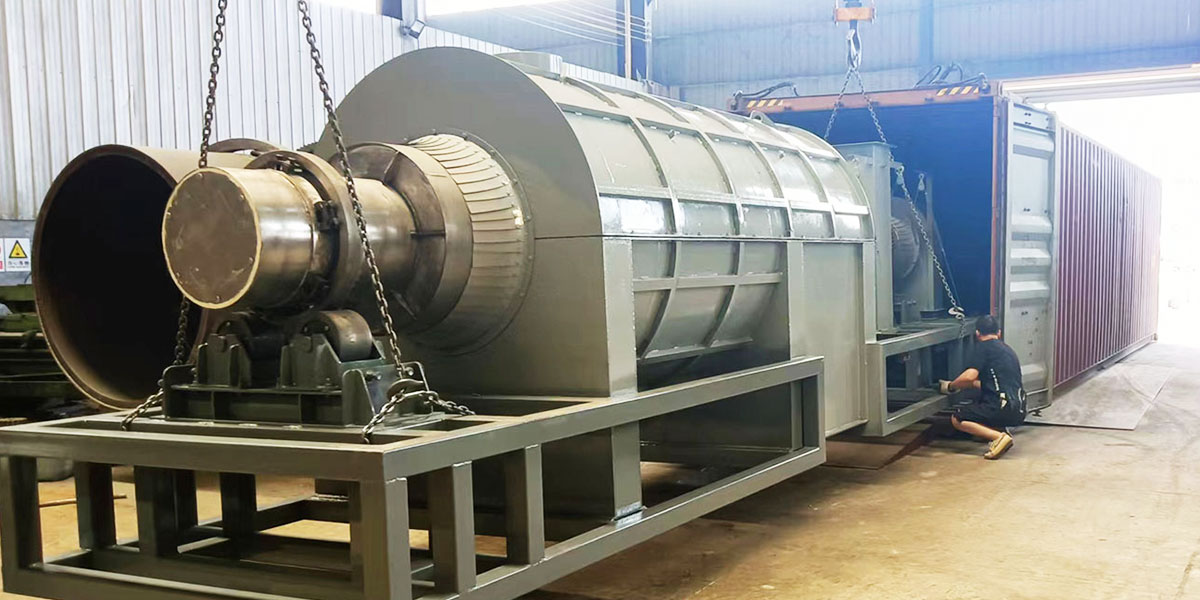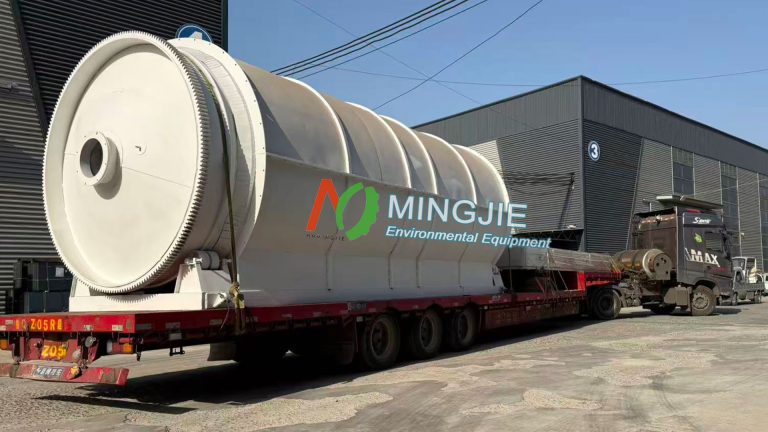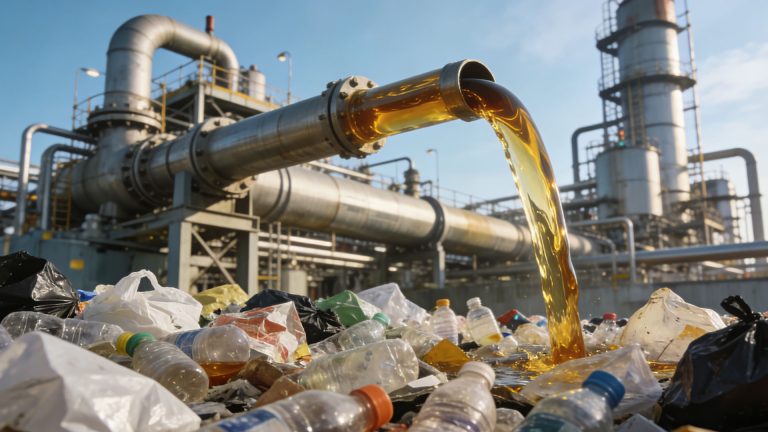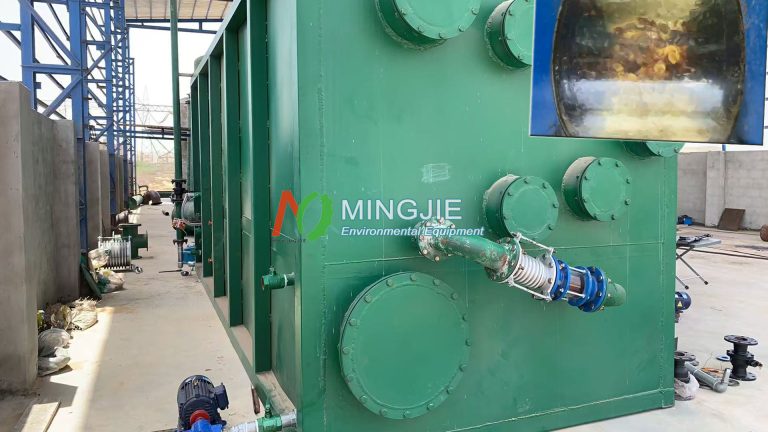Both biomass pyrolysis and gasification are thermochemical conversion technologies. They are used to convert biomass into energy or other useful products. But their specific processes and products may be different.
Biomass pyrolysis technology heats biomass in the absence of or in the absence of oxygen to decompose it into gases, liquids (bio-oils), and solids (biochar). This biomass pyrolysis process usually requires higher temperatures, which may be between 300-800 degrees Celsius. The bio-oil in the product can be further refined into fuel, and the biochar can be used as a soil conditioner or for other purposes. The main purpose of pyrolysis may be to produce bio-oil and biochar, while gas products may be by-products.
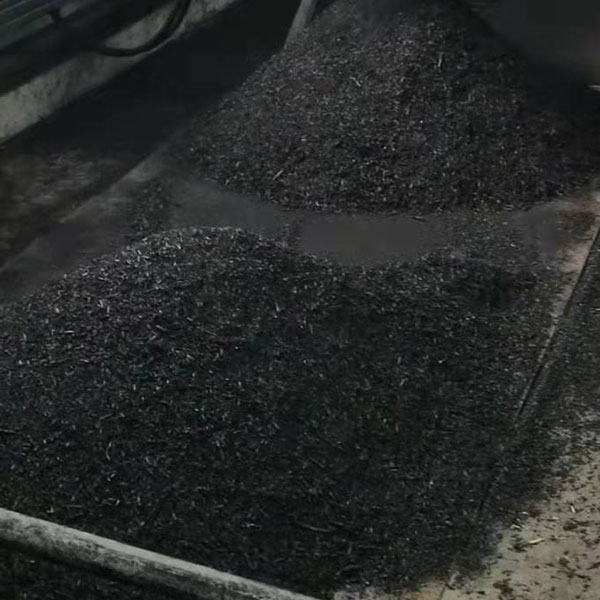

Biomass gasification technology converts biomass into synthesis gas (mainly CO and H2) in the presence of limited oxygen or water vapor. This process usually requires higher temperatures, which may be above 700-1000 degrees Celsius. Synthesis gas can be used for power generation, production of liquid fuels or chemical raw materials. The main product of biomass gasification technology is gas, and there may be a small amount of solid residue.
Difference Between Biomass Pyrolysis and Gasification Equipment
There are obvious differences between biomass pyrolysis equipment and gasification equipment in terms of reaction conditions, product characteristics, application scenarios.
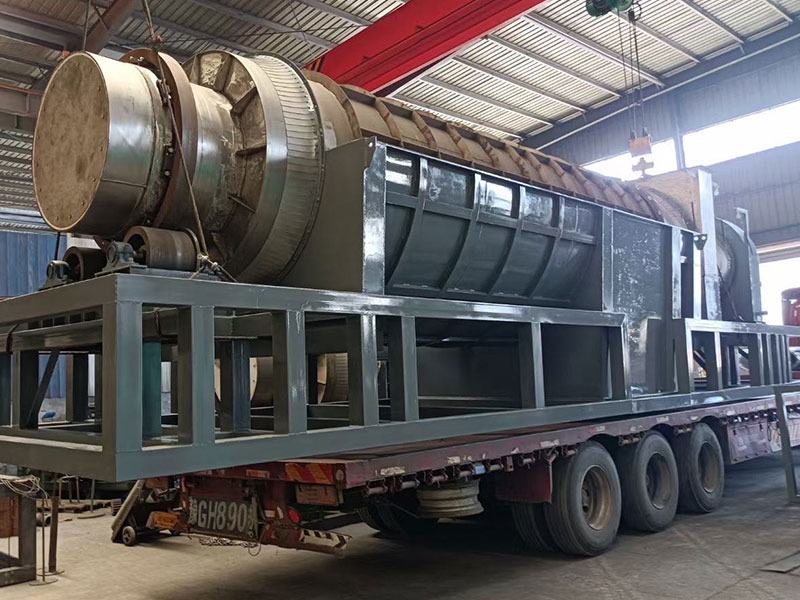
What is Biomass Pyrolysis Equipment?
Biomass pyrolysis equipment is a key technical equipment for converting organic waste into biochar or charcoal. Biomass pyrolysis technology can efficiently convert waste biomass raw materials into gas fuel, liquid oil and solid biochar. Biomass carbonization plant is an important direction for the development of biomass energy.
Biomass carbonization plants are widely used in environmental protection, agriculture, energy and other fields. The biomass pyrolysis equipment adopts a continuous feeding and discharging design, supports high temperature (380°C–850°C) oxygen-free pyrolysis, and significantly improves the production efficiency of biochar.
Biomass Pyrolysis Equipment Application
Biomass pyrolysis equipment can be used in agriculture and forestry. It can process rice husks, straw, wood chips, coconut shells, palm shells, bagasse, etc. And convert them into biochar for soil improvement or fuel. Biomass pyrolysis machine can also be used in municipal and industrial applications to convert dewatered sludge into charcoal fertilizer.
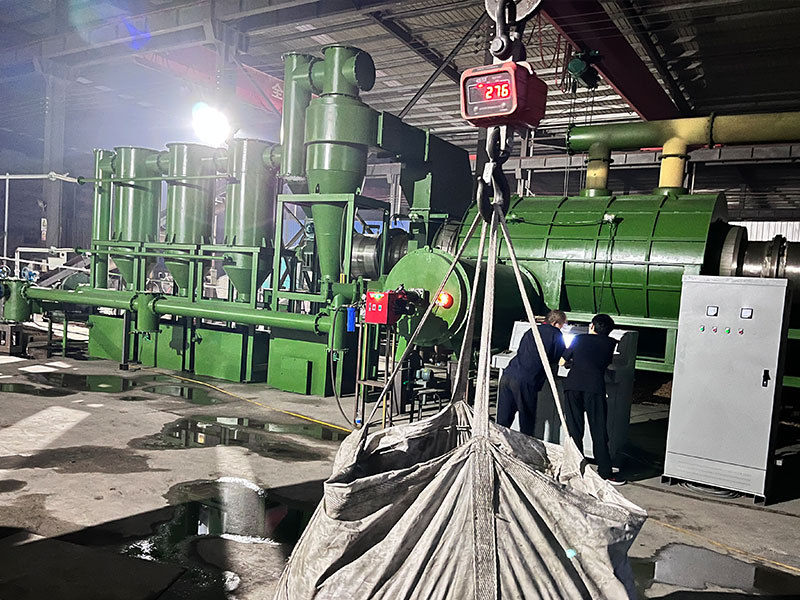
Biomass pyrolysis equipment is mainly used in the following typical scenarios:
- Energy: small and medium-scale wood chip pyrolysis production, biochar-based fertilizer production.
- Environmental protection: sludge pyrolysis to achieve reduction and carbon sequestration (50% carbon is fixed in biochar).
- High value-added products: phenolic compounds are extracted from bio-oil for use in the pharmaceutical or material industry.

Biomass Pyrolysis Products
- Solid: Biochar (carbon content exceeds 90%), which can be used for soil improvement or adsorbent.
- Liquid: Bio-oil (containing complex organic matter such as phenols and organic acids), with an energy density of about 15-17MJ/kg, which needs further refining.
- Gas: mainly H₂, CO, and CH₄, which can be used as fuel for pyrolysis reactors and recycled.
What is Biomass Gasification Technology?
Biomass gasification technology requires limited oxygen or water vapor. The biomass gasification process converts biomass into gaseous fuel through partial oxidation to maximize gas yield. The gasification process may generate harmful substances such as dioxins, which require high-temperature cracking or catalytic purification.
Biomass Gasification Products
Synthesis gas: The main components are CO and H₂, with low calorific value (800-1200 kcal/m³). It needs to be purified before being used for power generation or chemical synthesis.
Solid residue: Contains ash and incompletely reacted carbon, which can be used to produce activated carbon or building materials.
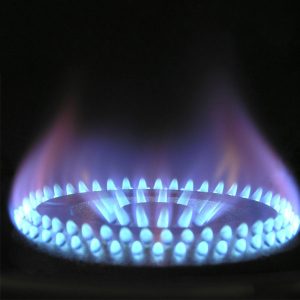
Main Applications of Gasification
- Large-scale energy supply: syngas for power generation and heating.
- Chemical raw materials: H₂ for hydrogen fuel production, CO for methanol synthesis.
- Co-processing: gasification with coal to reduce carbon emissions.
Summary
The core difference between biomass pyrolysis and gasification technology lies in oxygen participation and temperature control, which leads to significant differences in product structure, application scenarios and technical economy. Pyrolysis is known for its diversified products and small and medium-scale flexibility. Gasification has more advantages due to its efficient gas conversion and large-scale energy integration.
Pyrolysis and gasification are not mutually exclusive technologies. In practical applications, they can be flexibly selected according to the characteristics of raw materials, target products and policy orientation. If carbon-based materials and energy need to be obtained at the same time, multi-stage combined processes can be explored to maximize resource utilization.

